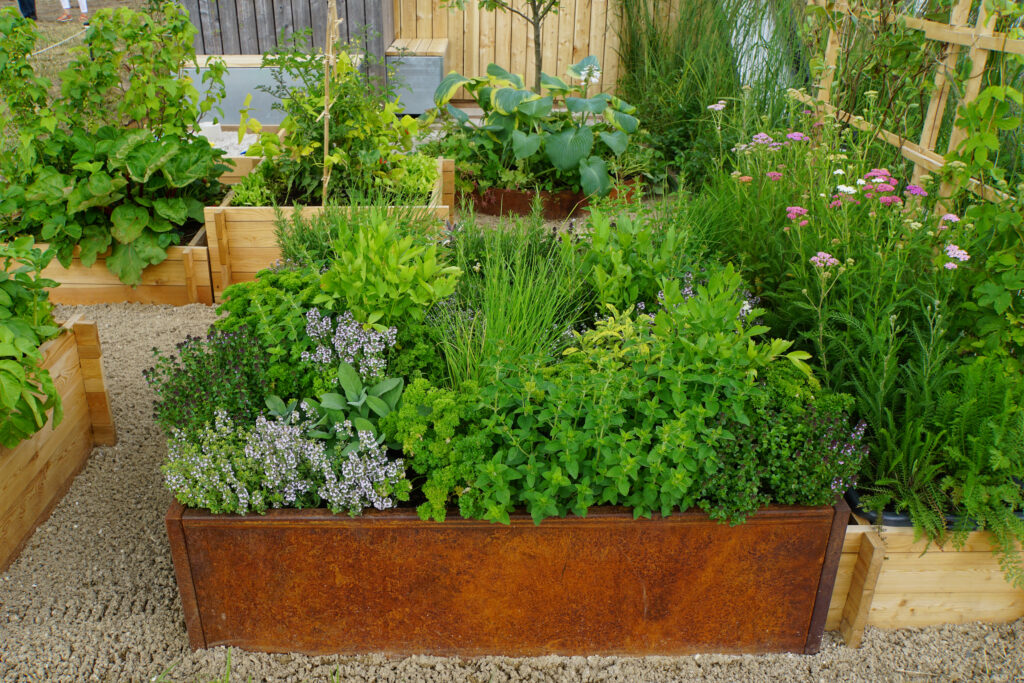Raised Garden Bed Tips
How to Utilize Organic Gardening In Your Raised Garden Bed
In recent years, the popularity of organic gardening has surged, with more and more people realizing the numerous benefits it offers to both their health and the environment. One of the best ways to embrace organic gardening is by setting up a raised garden bed. Not only do raised garden beds provide excellent drainage and weed control, but they also allow for better soil management and easier maintenance. In this blog, we’ll guide you through the process of utilizing organic gardening techniques in your raised garden bed, ensuring that your plants thrive naturally and sustainably.
Click to buy Beautiful DFY raised garden beds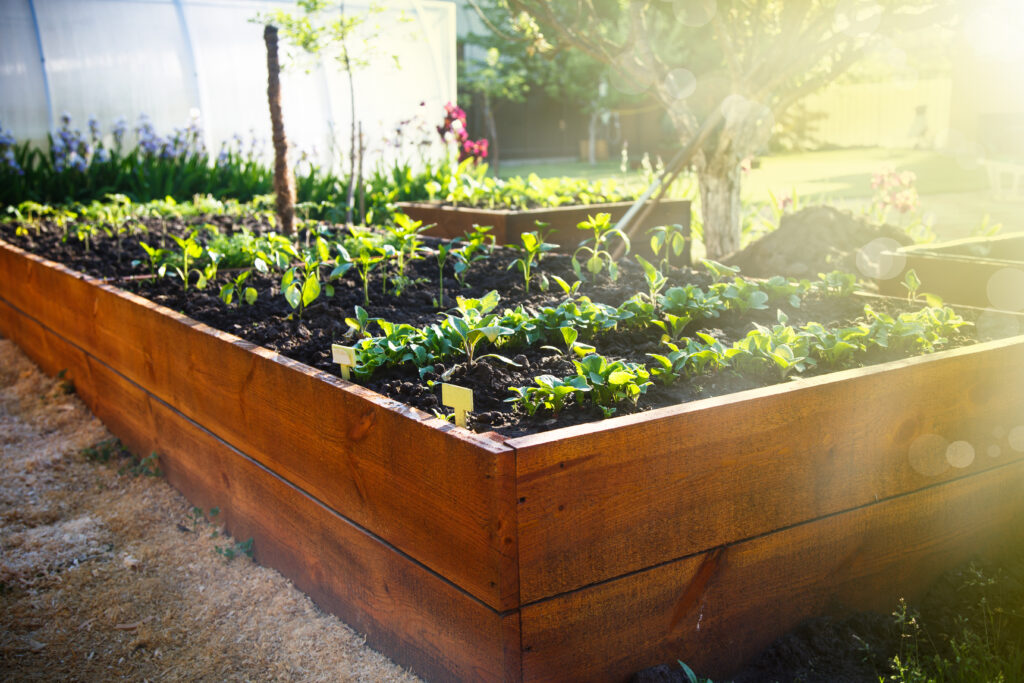
1. Select the Right Location
The first step in creating an organic raised garden bed is choosing the right location. Select a spot that receives at least 6-8 hours of sunlight each day. Proper sunlight exposure is essential for the growth of your plants, and it can help deter pests and diseases naturally. Additionally, ensure that the area is easily accessible for regular care and maintenance.
2. Choose Organic Soil
The foundation of any successful organic garden is healthy soil. Purchase or create a high-quality organic soil mix for your raised bed. Organic soil is rich in essential nutrients and microorganisms that promote plant growth without the need for synthetic fertilizers. You can also add compost to your soil to improve its fertility and structure.
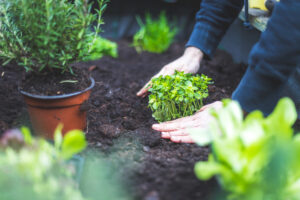

3. Use Natural Pest Control Methods
One of the core principles of organic gardening is the avoidance of chemical pesticides and herbicides. Instead, opt for natural pest control methods to protect your plants. Introduce beneficial insects like ladybugs and lacewings that feed on garden pests. You can also use neem oil, diatomaceous earth, or homemade garlic and chili pepper sprays to deter common garden pests.
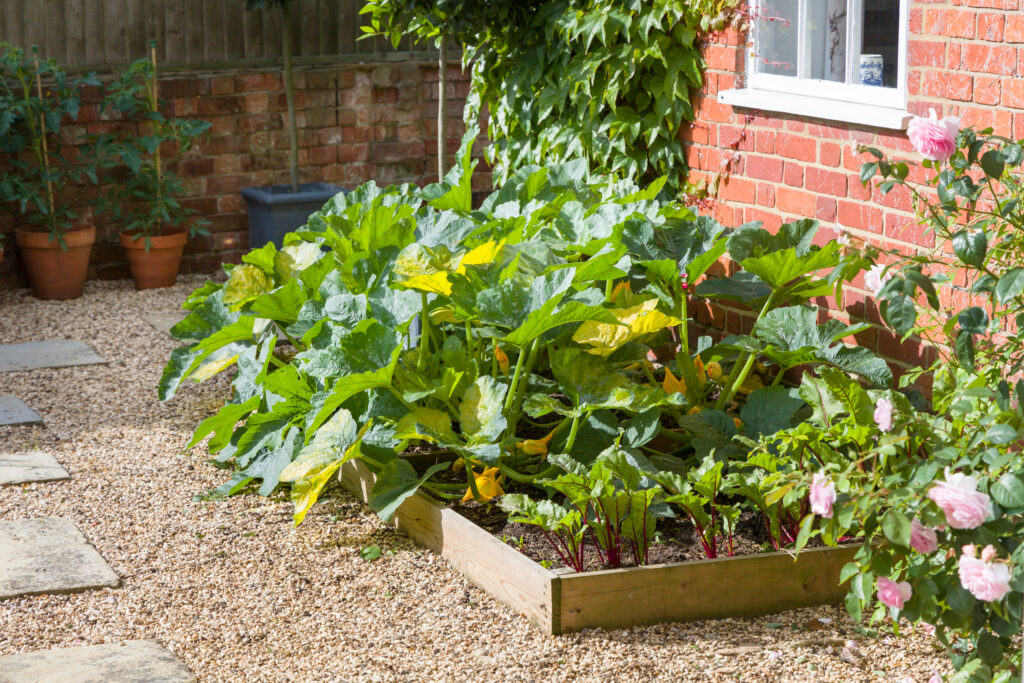
4. Companion Planting
Companion planting is a tried-and-true organic gardening technique where you plant certain species together to promote mutual benefits. For instance, planting marigolds alongside tomatoes can help deter nematodes, while basil can improve the flavor and health of tomatoes and repel aphids. Research companion planting strategies to maximize the benefits for your raised garden bed.
Click to buy Beautiful DFY raised garden beds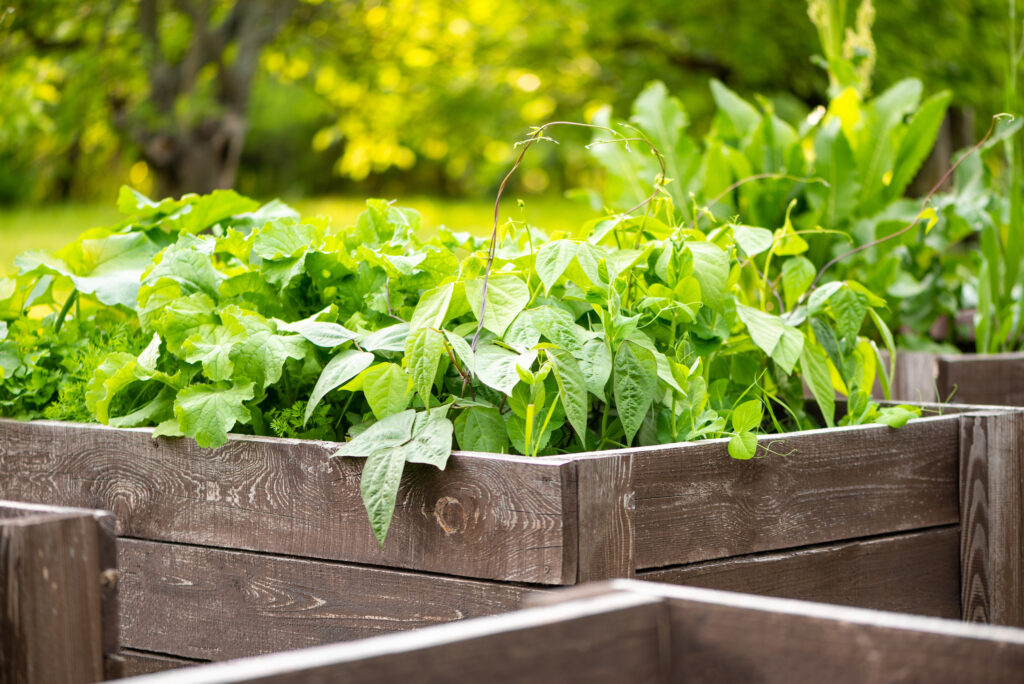
5. Practice Crop Rotation
To prevent soil depletion and the buildup of specific pests and diseases, practice crop rotation in your raised garden bed. This means planting different types of crops in the same bed each season. For example, if you grew tomatoes in one section last year, plant beans or lettuce in that spot this year. Crop rotation helps maintain soil health and reduces the need for chemical interventions.
6. Mulch and Water Wisely
Mulching is a crucial aspect of organic gardening in raised beds. Apply organic mulch like straw, leaves, or wood chips to help conserve moisture, suppress weeds, and regulate soil temperature. Water your garden deeply but infrequently to encourage strong root growth and reduce the risk of disease. A soaker hose or drip irrigation system can be highly efficient for this purpose.
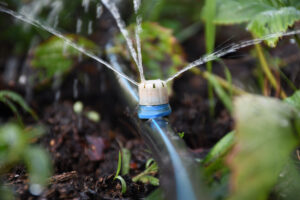
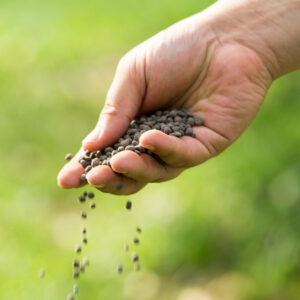
7. Organic Fertilizers
While organic soil is nutrient-rich, your plants may benefit from occasional organic fertilizer applications. Organic options like compost tea, fish emulsion, and seaweed extract provide essential nutrients without the harmful effects of synthetic fertilizers. Follow recommended application rates to avoid over-fertilizing.

8. Composting
Establish a composting system to recycle kitchen scraps and garden waste into nutrient-rich compost. Compost is an excellent source of organic matter and essential nutrients for your raised garden bed. Regularly add compost to your soil to improve its structure and fertility.
Click to buy Beautiful DFY raised garden beds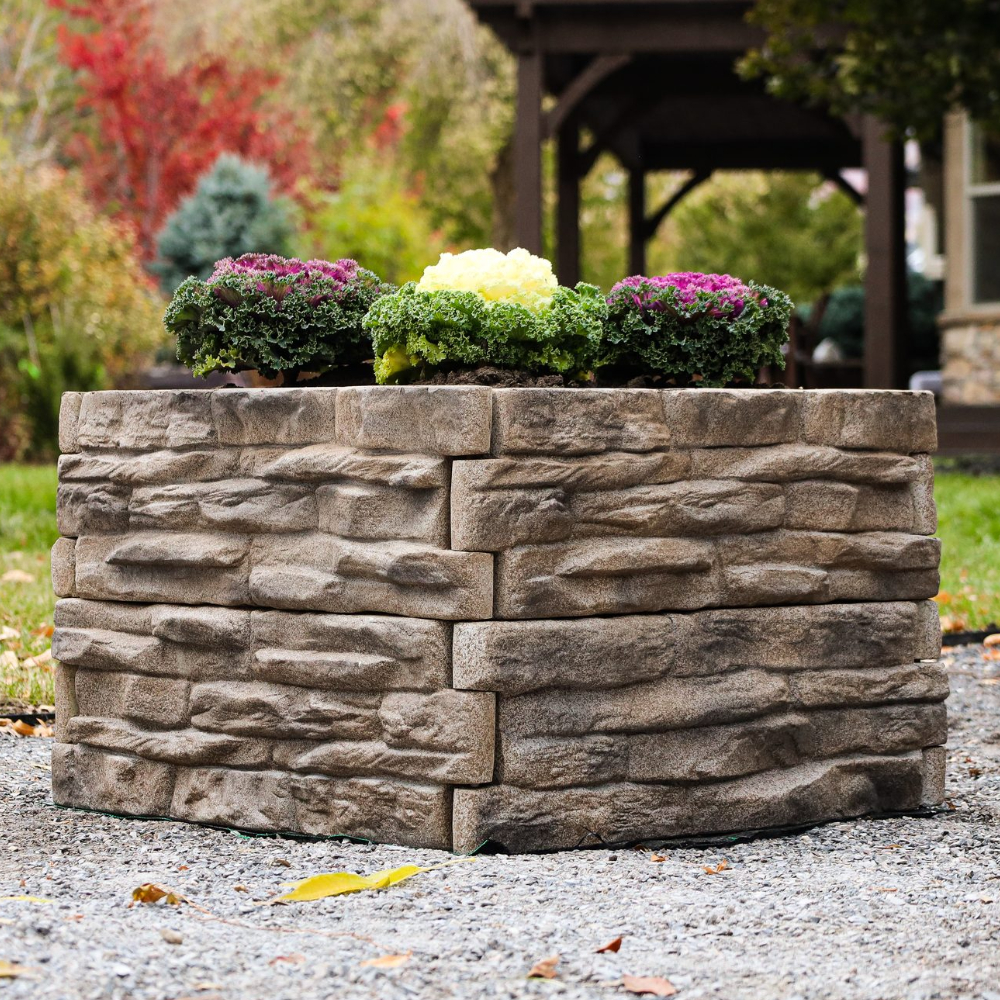
In conclusion, utilizing organic gardening techniques in your raised garden bed is not only beneficial for your plants but also for the environment and your overall well-being. By choosing organic practices, you can enjoy a bountiful and sustainable garden while reducing your impact on the planet. Follow the steps outlined in this blog, and you’ll be well on your way to nurturing a thriving organic garden in your raised bed. Happy gardening!
